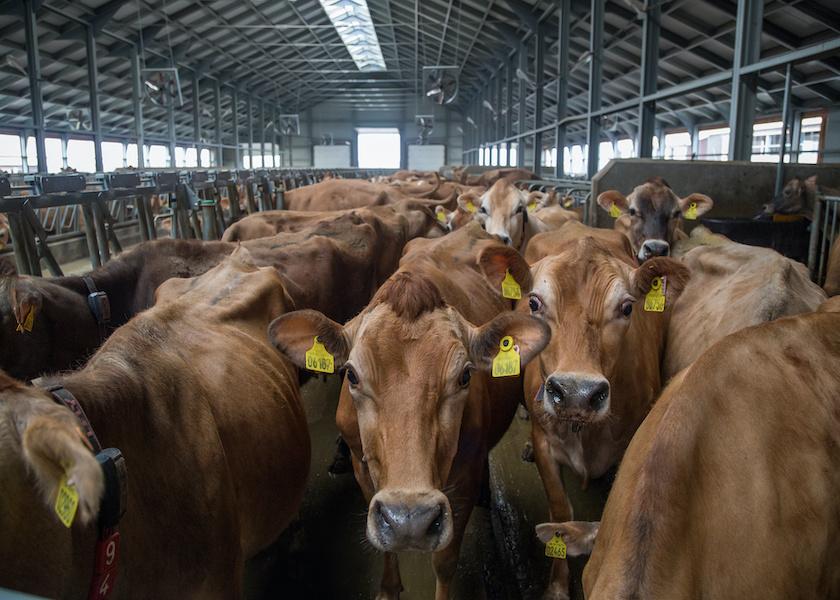Tips for Preventing Neospora-induced Abortions

Abortions are a source of frustration whenever they occur on dairies, and when their cause can be diagnosed, the most likely culprit is neosporosis.
Dr. B.J. Newcomer, dairy practitioner and veterinary instructor for Texas A&M University, discussed Neospora on a recent episode of “Have you Herd?,” the official podcast of the American Association of Bovine Practitioners (AABP).
Newcomer told AABP Executive Director Dr. Fred Gingrich that Neospora caninum is the protozoal parasite that causes neosporosis and spontaneous abortions. “It is the most commonly diagnosed cause of bovine abortions all across the United States, as well as across the world,” said Newcomer.
The incidence of Neospora abortions can present as abortion “storms,” during when many animals in the herd abort in a short timeframe. Or they may show up as a more subtle increase in the endemic level of abortion in the herd.
Abortions cause by Neospora can occur at any point of gestation, but happen most frequently midway through the pregnancy, at about 4 to 7 months. Cows do not become clinically ill, and the event may to undetected altogether, only to be diagnosed at their anticipated calving date when they come up open.
“Currently, there is no licensed, commercially available vaccine or treatment in the United States for Neospora,” shared Newcomer. “It’s a challenge that can be addressed only with management.”
To assist in that task, he explained the life cycle of N. caninum. Canine species, like dogs, coyotes, and wolves, are the definitive hosts in the exogenous transmission of the disease. The cycle starts when a canine eats a fetus or other tissue infected with the organism, then sheds oocysts in its feces. Cows that consume that feces then can become infected with the organism, which will then form thick-walled tissue cysts that are hidden from the immune system.
Once a cow is infected with Neospora, she will carry the disease for the rest of her life. It won’t always cause infected cows to abort, although she is at least 3 to 4 times more likely to do so compared to a Neospora-free herdmate.
If an infected animal carries a pregnancy to term, there is a chance the fetus will be stillborn or physically altered. Or the birth of a viable calf can result in the other method of Neospora transmission, which is vertically from dam to calf. Not all offspring will be infected with the disease, but heifers from known Neospora-infected dams should be tested and potentially culled.
Another way to work out of the disease is to preserve the genetics of a Neospora-positive cow by using embryo transfer or in vitro fertilization to grow healthy offspring in Neospora-negative recipients.
Newcomer said that fortunately there is next to no chance that cows will infect one another with Neospora. But preventing and managing the disease on the dairy takes diligence, nonetheless. His advice included:
- Prevent dogs and other canines from accessing feed storage areas.
- When abortion diagnostics are possible, send the fetus, placenta and blood samples to the lab. The most common site at which Neospora is diagnosed is the brain, so preserving and submitting that tissue is especially valuable.
- Clean up aborted fetuses and placenta around the farm so dogs and other canines cannot consume them.
- Run an ELISA test for Neospora on purchased animals before bringing them into the herd.
- In the case of an abortion storm, submit serum samples from multiple dams that aborted, along with samples from other cows in the herd that did not.
Newcomer said diagnostics for the disease can be challenging. “A serologically positive cow does not mean she definitely aborted due to Neospora,” he explained. Likewise, some infected cows may test serologically negative because the titer levels for Neospora can rise and fall over time. If Neospora is suspected in a cow that tests negative, serial testing every 2-3 months may be recommended.







